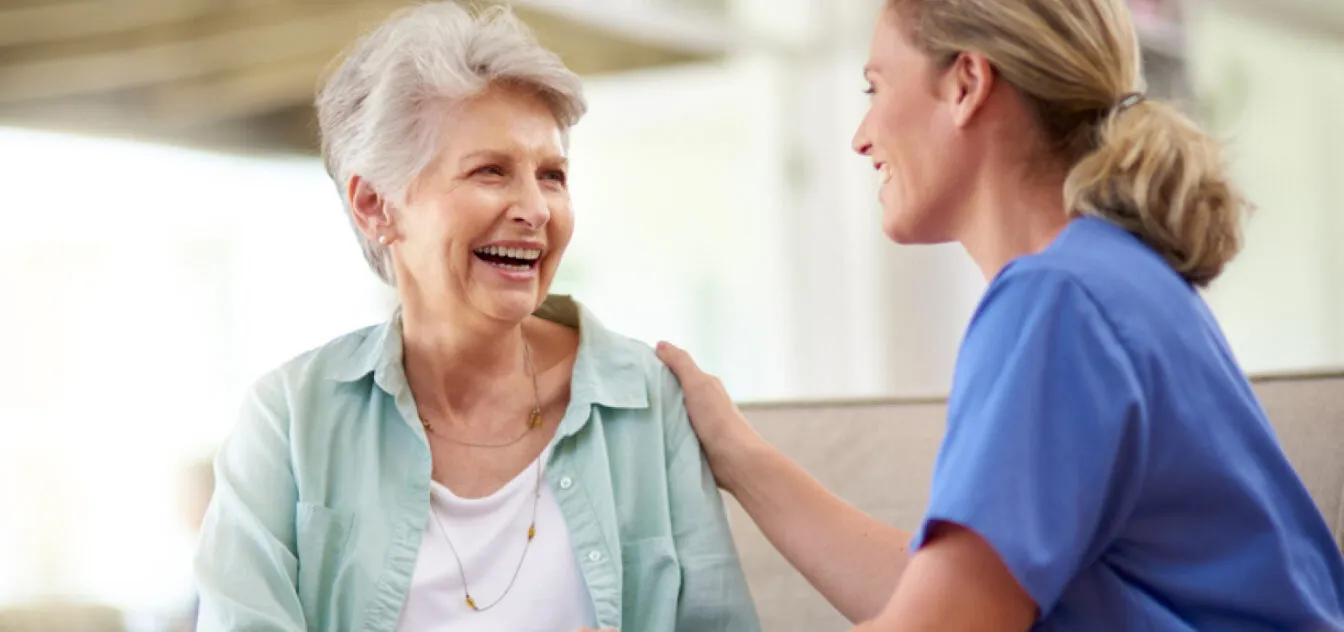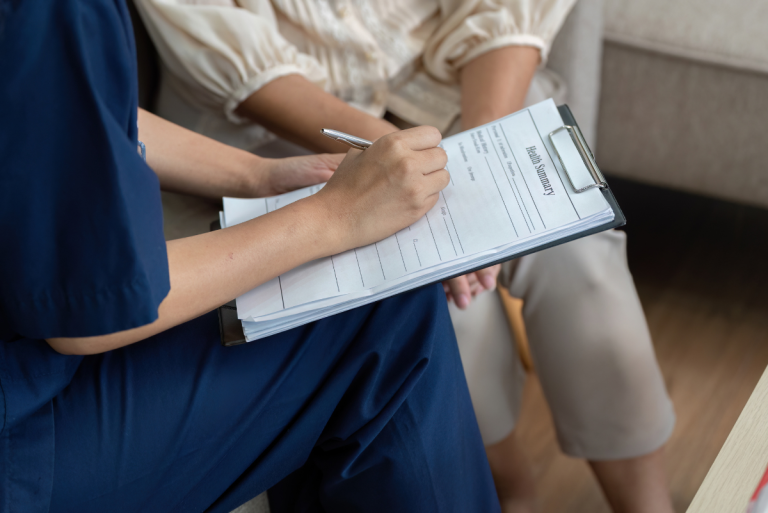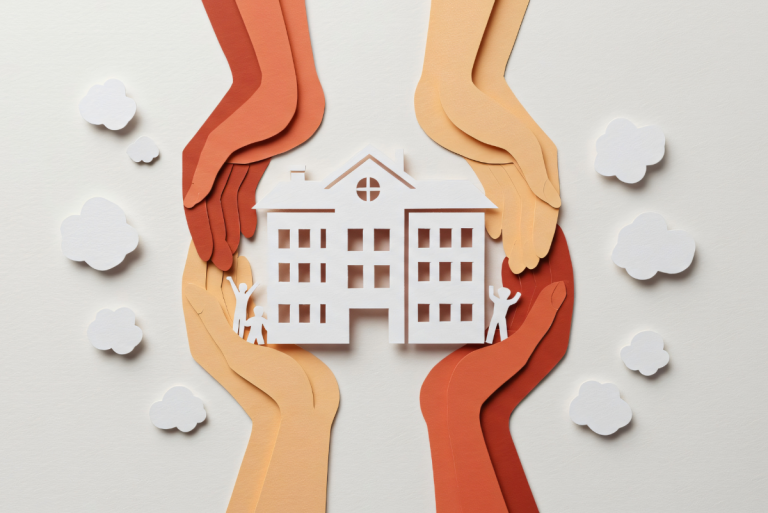Falls are the leading cause of injury among older adults, yet many are preventable through simple, daily practices. As we support our aging loved ones in living safely and independently, it’s important to focus not just on what to do after a fall — but how to prevent one from happening in the first place.
The risk of falling increases with age due to factors like muscle weakness, poor balance, vision changes, and medications that cause dizziness. Fortunately, incorporating small daily habits can significantly reduce that risk. Encouraging light movement each morning — such as stretching, chair yoga, or short walks — helps build strength, improve balance, and increase confidence.
Proper footwear is another everyday line of defense. Seniors should wear non-slip shoes with secure fastenings inside and outside the home. Loose slippers, sandals, or walking in socks can dramatically raise the risk of slipping. At home, ensure hallways and stairways are well-lit, clutter-free, and equipped with handrails. Install grab bars in bathrooms and consider non-slip mats in the tub or shower. These simple additions create a safer environment without compromising independence.Caregivers can also implement regular safety checks. Create a routine of reviewing medications with a doctor or pharmacist to identify interactions that may affect balance. The CDC’s STEADI (Stopping Elderly Accidents, Deaths & Injuries) program offers excellent tools, checklists, and exercises to support fall prevention. Daily safety isn't about restricting freedom — it's about building confidence, mobility, and long-term independence.





